A customer comes in, sits down, says they’ve had a bad day, and orders a “stiff drink.” If red flags aren’t waving around, they should be, because alcohol is a depressant and could make this customer’s lousy day turn worse. The actual red flag should come from the patron ordering a “stiff drink.”
What is a stiff drink?
A stiff drink is an alcoholic beverage containing strong alcohol. Literal definitions find that stiff drink means a firm or potent mixture. It could be a high-proof liquor, beer, or wine at a bar or restaurant. Or it could be a mixture of liquors in a shot or cocktail.
Common examples include:
- A single serving of Marker’s Mark Whiskey
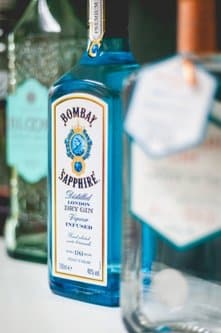
- Beers above 5% alcohol; most IPAs
- A single serving of Absinthe
- Long Island Ice Tea, a single serving of Wild Turkey, or Evan Williams Bourbon
- Gin Negroni
- A single serving of Bombay, Tanqueray London, or Genevieve Gin
- Three Wise Men
- Most Hurricanes or Punches
- Four Horsemen
- A single serving of Everclear
- Black Russian
- Wines above 12% alcohol; most reds
- A double shot of any liquor that is 41 proof or above
The historical usage of the phrase isn’t for the faint of heart, so I’ll leave a link to an article.
Read at your own risk.
The Gruesomely Real Origin Of The Term “Stiff Drink”
Why is it Dangerous?
A common misstep (especially among new bartenders) is counting drinks at face value. One drink is one drink, no matter what is inside. But what they don’t consider is that information uses a maximum alcohol content.
One “drink” per hour is a 12-ounce bottle or can of regular beer (5% alcohol), a 5-ounce glass of wine (12% alcohol), or one and 1/2 ounces of 80-proof distilled spirit (40% alcohol).
According to UCLA Police, a Long Island Ice Tea is four standard drinks. But it doesn’t stop there; some unsuspecting drinks like martinis and margaritas can be 1.5 to 2 servings, depending on the shot size and the proof of the distilled spirit used. That’s because both factors play a crucial role in drink counting.
It’s Dangerous, Now What?
Knowledge is power. Nothing is keeping you from selling these shots and drinks. Remember to pay attention to the alcohol content of the beer, wine, or liquor and measurements when counting.

But you should know that some businesses may have policies (typically called house policies) about not selling them at all, limiting how many, or determining when these types of drinks are sold, like stopping an hour before close. So be sure to respect the policy and offer suggestions when you see fit.
It’s also dangerous when factoring in liability at the state level (precisely where the liability comes back onto the bartender and business). As a bartender, you could get in trouble for over-serving customers if they leave, get pulled over, or cause injury or death. Recently, a Family was awarded $301 Billion From a Bar That Overserved a Drunk Driver In the Largest Penalty Ever.
Learn more about responsible alcohol service in our courses.

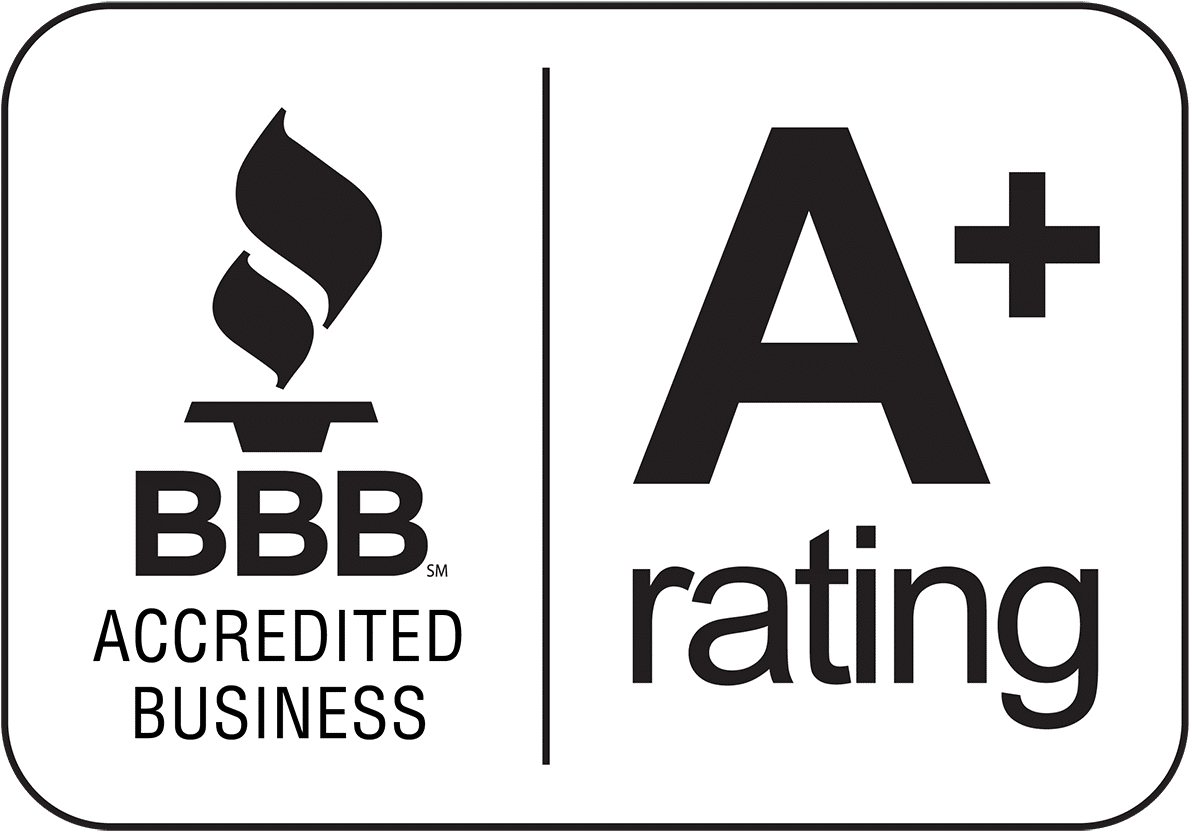
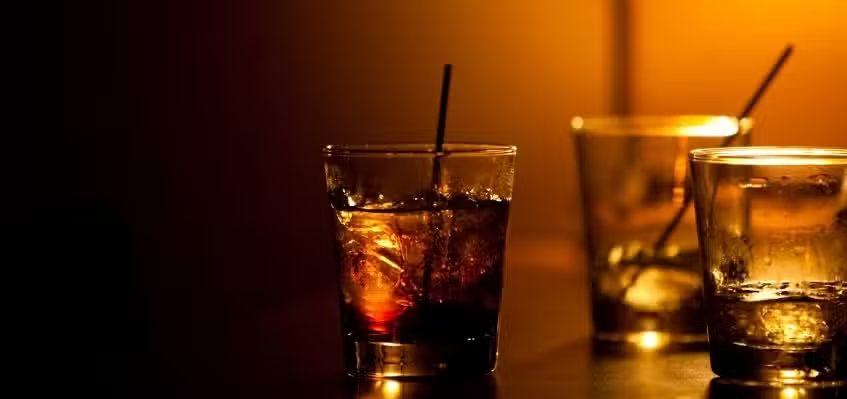
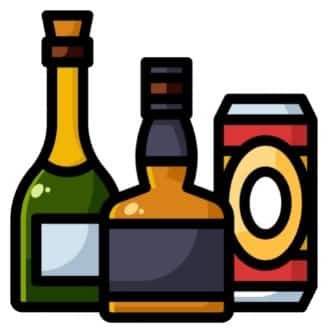
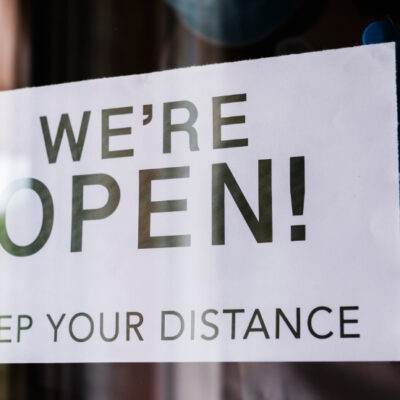

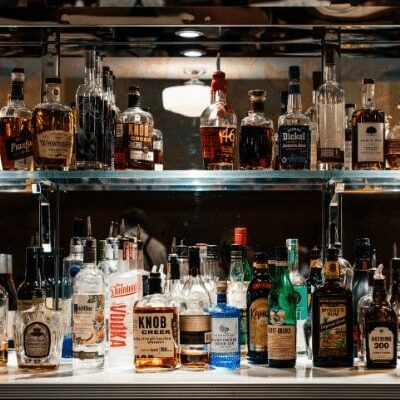
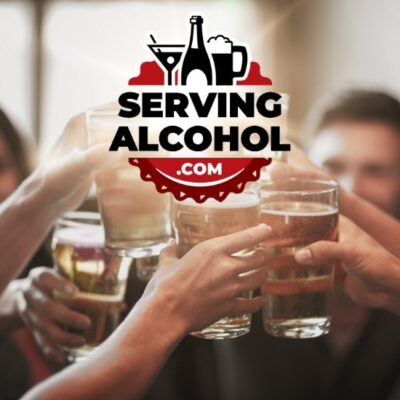


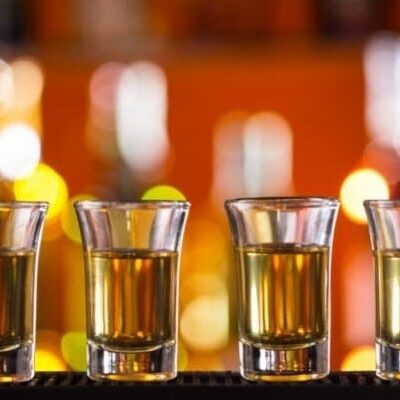

Leave a Reply
You must be logged in to post a comment.